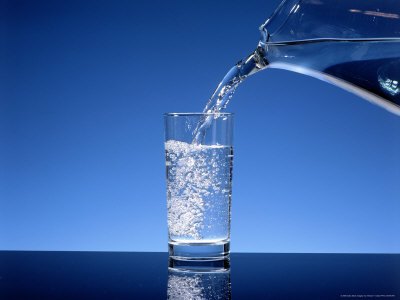Washington: Scientists have developed a new catalyst that cleans toxic nitrates from drinking water, by converting them into air and water.
“Nitrates come mainly from agricultural runoff, which affects farming communities all over the world,” said Michael Wong, from Rice University in the US.
“Nitrates are both an environmental problem and health problem because theyre toxic,” said Wong, lead scientist on the study in the journal ACS Ctalysis.
“There are ion-exchange filters that can remove them from water, but these need to be flushed every few months to reuse them, and when that happens, the flushed water just returns a concentrated dose of nitrates right back into the water supply,” said Wong.
The researchers had earlier shown that tiny gold spheres dotted with specks of palladium could break apart nitrites, the more toxic chemical cousins of nitrates.
“Nitrates are molecules that have one nitrogen atom and three oxygen atoms,” Wong said.
“Nitrates turn into nitrites if they lose an oxygen, but nitrites are even more toxic than nitrates, so you dont want to stop with nitrites. Moreover, nitrates are the more prevalent problem,” he said.
“Ultimately, the best way to remove nitrates is a catalytic process that breaks them completely apart into nitrogen and oxygen, or in our case, nitrogen and water because we add a little hydrogen,” he said.
“More than 75 per cent of Earths atmosphere is gaseous nitrogen, so were really turning nitrates into air and water,” Wong added.
Nitrates are toxic to infants and pregnant women and may also be carcinogenic. Nitrate pollution is common in agricultural communities, where fertilizers are heavily used, and some studies have shown that nitrate pollution is on the rise due to changing land-use patterns.
From their previous work, Wongs team knew that gold- palladium nanoparticles were not good catalysts for breaking apart nitrates.
“We found that covering about 40 per cent of a palladium spheres surface with indium gave us our most active catalyst,” said Kim Heck, a research scientist in Wongs lab.
“It was about 50 per cent more efficient than anything else we found in previously published studies,” said Heck.
Researchers found that the indium speeds up the breakdown of nitrates while the palladium apparently keeps the indium from being permanently oxidized.
Wong said that his team will work with industrial partners and other researchers to turn the process into a commercially viable water-treatment system.
PTI

